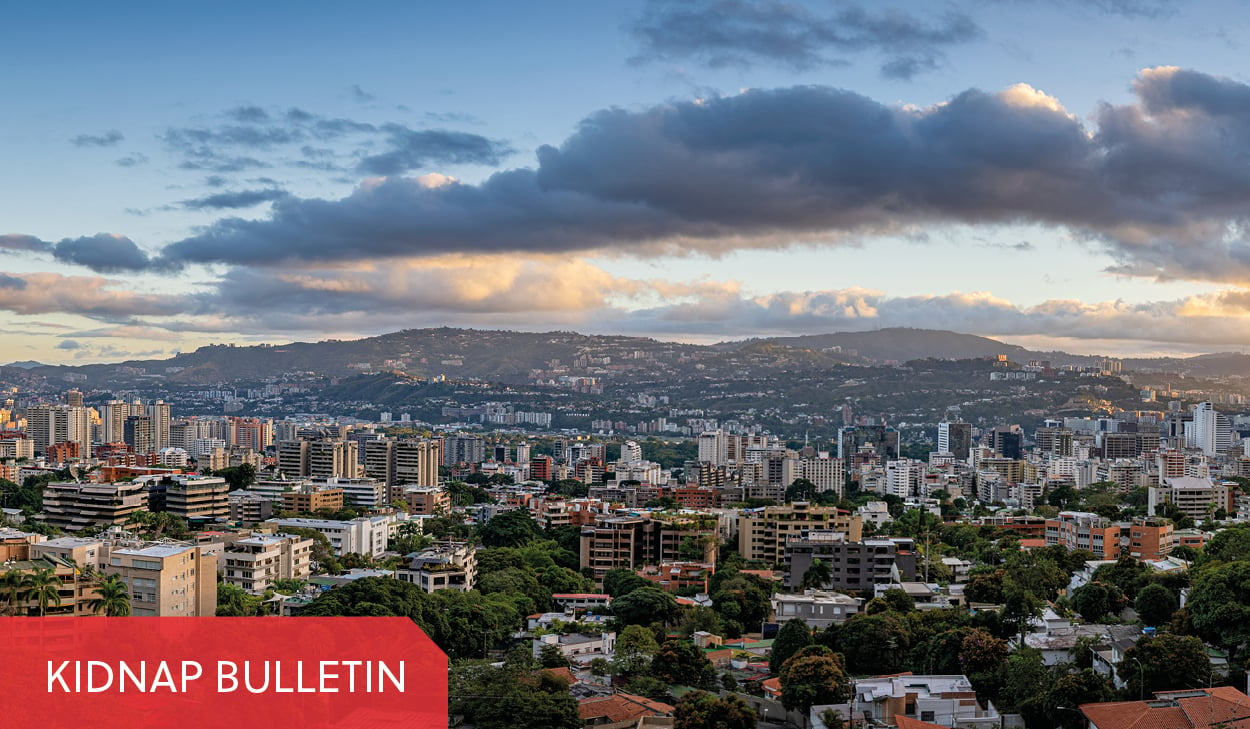Major security crises in Afghanistan and Ukraine over the last year not only highlight the challenges of political evacuation, but also reaffirm how important it is for companies to have robust evacuation plans in place, write Erin Drake and Saif Islam.
For companies and individuals working in high-risk jurisdictions, the potential for swift adverse changes in the operating environment raises a host of security concerns, some of which are difficult to mitigate. At times, crises like war, political violence and civil unrest may require emergency political evacuation, as seen during the Taliban’s seizure of power in Afghanistan in August 2021, and Russia’s recent invasion of Ukraine in February 2022. These developments highlight the challenges associated with navigating a rapidly evolving situation, and underscore the need for organisations to have robust evacuation procedures in place.
CRITICAL QUESTIONS TO HELP PREPARE COMPANIES FOR A CRISIS- What is the overall level of preparedness for evacuation across all of our locations?- How do we support our entities and staff in a crisis? - Who is responsible for decision-making and issuing orders during a crisis? - How do we maintain situational awareness so that we can make timely decisions? |
PHYSICAL CHALLENGES OF EVACUATION
Often, in rapidly changing security situations, uncertainty, confusion and a lack of reliable on-the-ground information may make it difficult to accurately assess the situation and determine an appropriate course of action. Such difficulties can be exacerbated by various communication-related challenges, like the possible suspension of – or damages to – internet and telecommunications infrastructure. Evacuees also face a range of often-unpredictable logistical challenges that may require a hasty recalibration of the original evacuation plan. For example, during an armed conflict, indiscriminate missile or airstrikes can damage roads, airports or other transport systems. This can compromise the ability to evacuate via certain routes; the 2019-20 war in Tripoli and wider north-western Libya, for example, saw direct attacks on civilian airports. Strikes can also directly target civilians, as recently seen in Russia’s shelling of a humanitarian corridor in Mariupol in March despite a ceasefire agreement.
In instances of conflict, coups or mass civil unrest, governments – both foreign and in the affected country – may close their airspace, seaports and borders. Such measures can prevent or delay evacuation, and places significant strain on overland transport systems as people seek safe cities for refuge. In mid-2021, Afghanistan’s Taliban even set a deadline for evacuation, increasing pressure on the US and other foreign governments. Travel to safe havens can be slowed by several security checkpoints, or controlled access to critical infrastructure like airports and ports. During Tigray rebels’ offensive towards Ethiopia’s capital, Addis Ababa, in November 2021, rebels sought to control major towns and highways leading into the capital, severely limiting civilian movement. Environmental conditions further challenge evacuation efforts, with poor weather, like snow, rainfall and mudslides potentially posing challenges for civilian vehicles.
WHERE COMPANIES FALL SHORT
Even for the most prepared companies, evacuations prompt various considerations, including how to communicate remotely with staff during a crisis, how to account for the physical safety and psychological health of personnel, or how to provide medical support, food and shelter, and fulfil any other legal obligations to foreign and local staff. For ill-prepared companies, the challenges are even greater. According to Pete Doherty, Head of S-RM’s Crisis Response team that has recently supported evacuations in Ethiopia, Myanmar, Burkina Faso, and Ukraine, even companies that have evacuation plans in place could find their procedures ineffective if they are out of date, overly complex, or lacking in flexibility. Doherty notes that evacuation plans require clarity over the ownership of the plan, including who makes decisions during a crisis, as well as individual roles and responsibilities. Robust evacuation plans should be supported by sufficient in-country resources to implement such procedures.
The uncertainty of relying on national authorities
Doherty warns companies against waiting until the last minute before deciding to evacuate staff, by which time evacuation routes and in-country support structures may be limited or unavailable. In this regard, companies should be cautious of over-relying on national authorities or embassies to conduct evacuations, as such support is not guaranteed and may materialise slowly. For example, several days before Russia’s invasion of Ukraine, the US, the UK, Dutch, Danish, Japanese, and other governments urged their citizens to leave the country on their own. Some governments made it clear that their citizens should not expect a military evacuation, as was the case in Afghanistan. These decisions were likely informed by the chaotic nature of extractions from Afghanistan, and the risk of an expanded war in Ukraine if Western and Russian troops came face-to-face on the ground.
Other governments that sought to provide some assistance to their citizens in Afghanistan nevertheless faced criticisms for the perceived failure to provide adequate or speedy support. But governments typically face severe bureaucratic and legal constraints in authorising evacuations; administrations need to sign paperwork and authorise procedures which can take weeks to clear legal hurdles, and can significantly increase waiting times for political evacuations. Unlike private security companies, contracted to extract only their clients, governments are responsible for evacuating large numbers of people, which also makes the task much slower.
Companies should consider the following measures to ensure they are adequately prepared:
AWARENESS PLANNING DECISION-MAKING SERVICE PROVIDERS EVACUATION ROUTES AND LOCATIONS |
looking to the future
Recent security crises like the Tigray rebel advance in Ethiopia, the coup in Myanmar, the Taliban’s takeover of Afghanistan, and the Russian invasion of Ukraine have demonstrated the ability of some companies to evacuate their personnel effectively, but have also exposed others who struggled for a variety of reasons. While preparation typically sets successful evacuations apart from those that fail, it is equally important that, even before an evacuation is necessary, firms have a good sense of when a crisis may begin to develop. In this respect, seeking and relying on good intelligence is a core business asset and can help act as triggers for identifying when evacuation plans may need to be rolled out.




 Email Erin
Email Erin






 @SRMInform
@SRMInform
 S-RM
S-RM
 hello@s-rminform.com
hello@s-rminform.com

